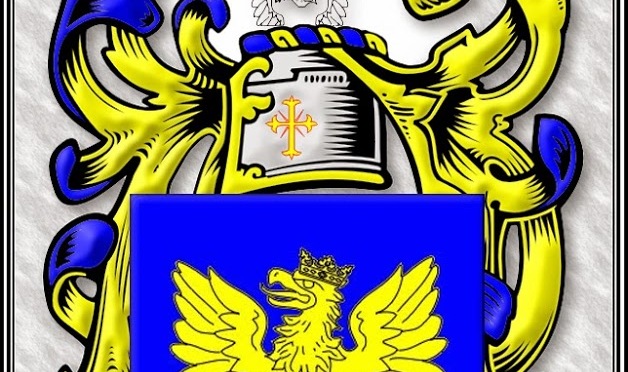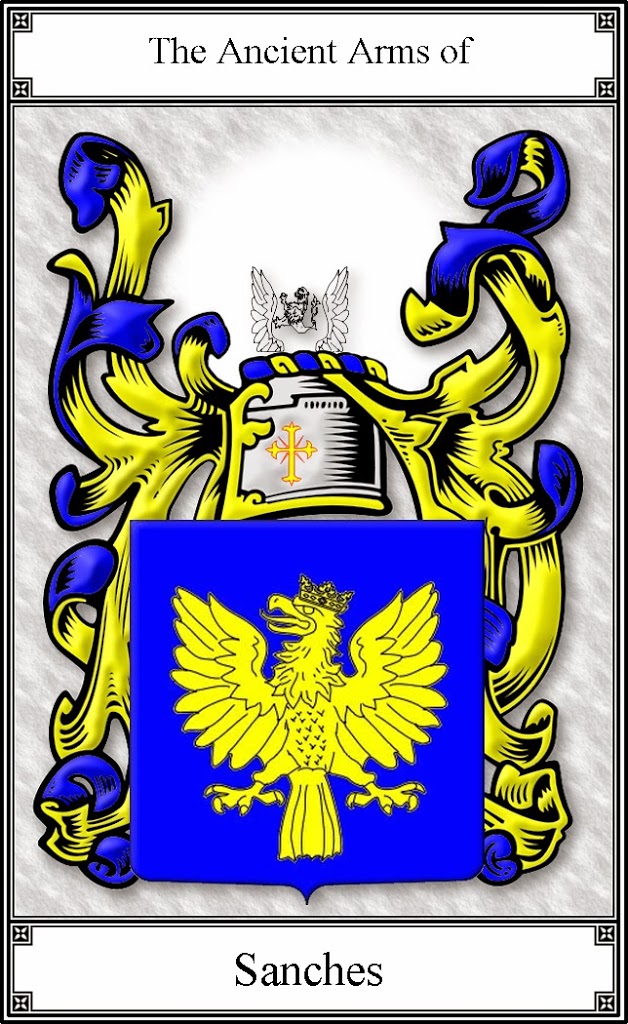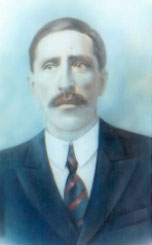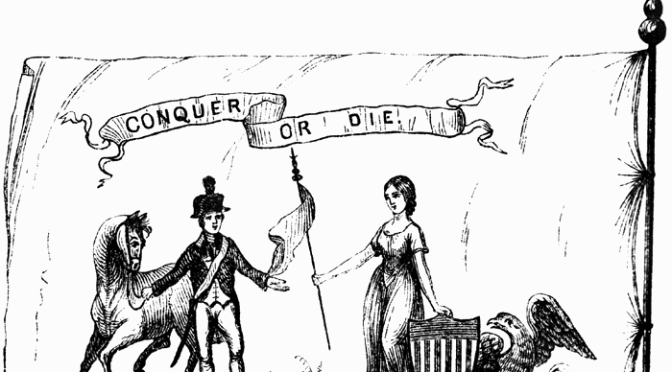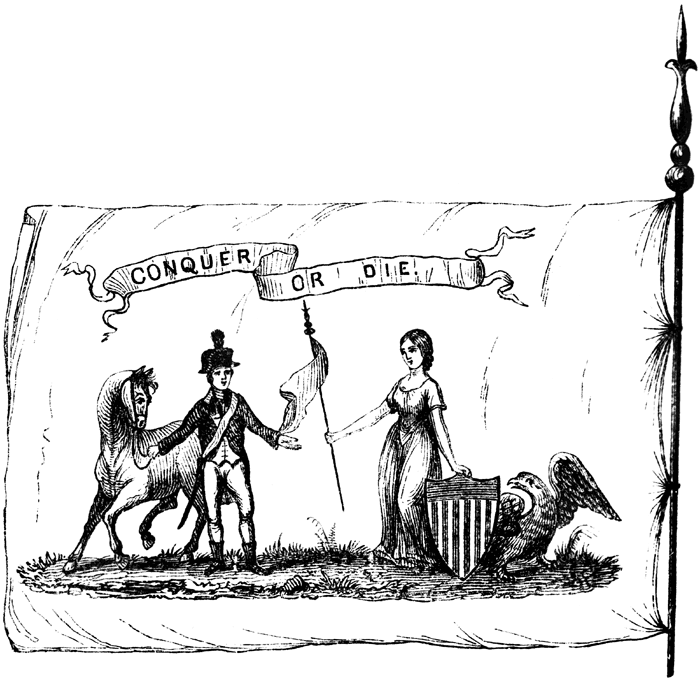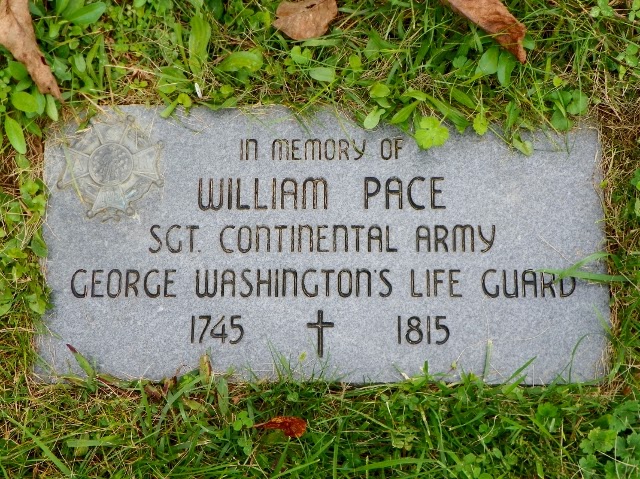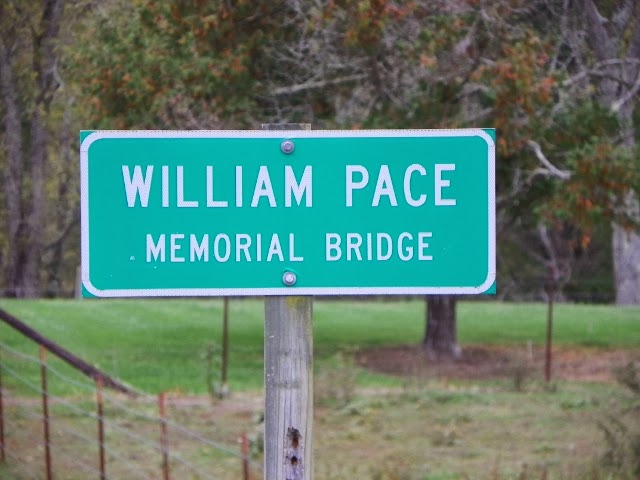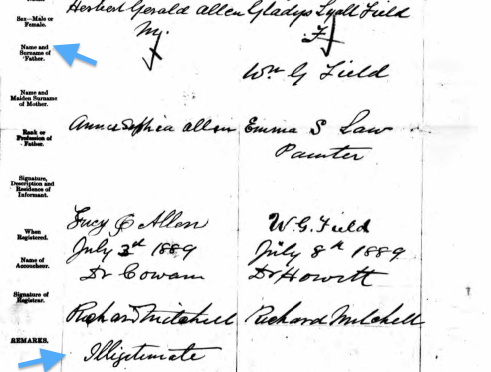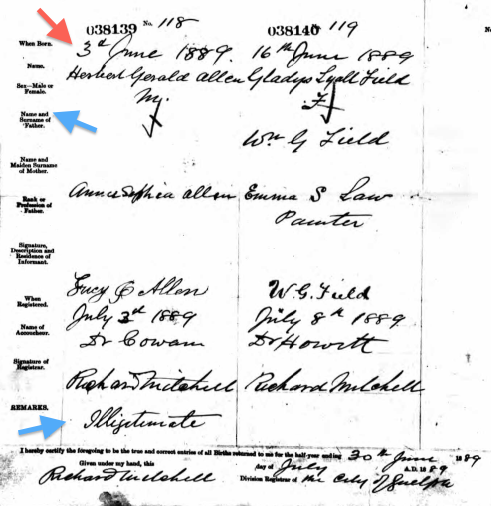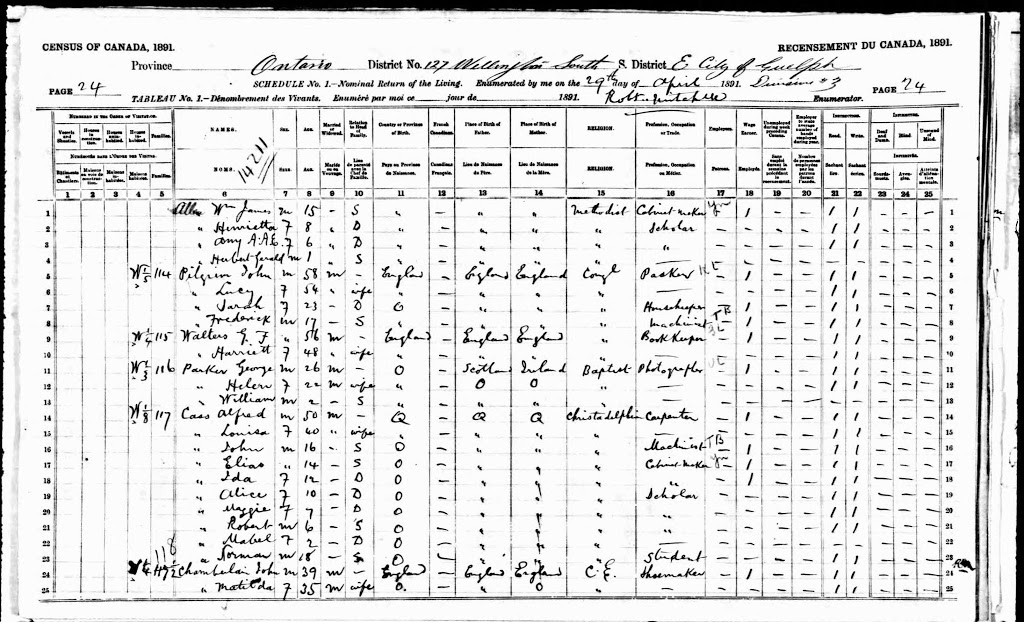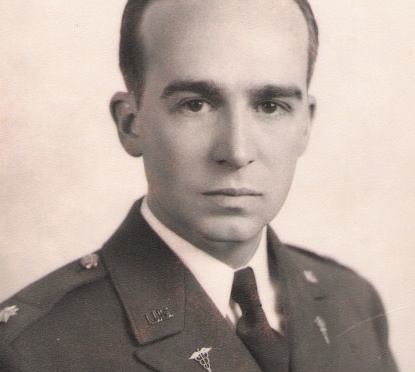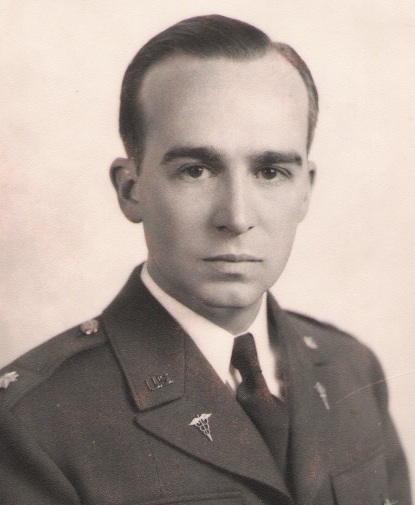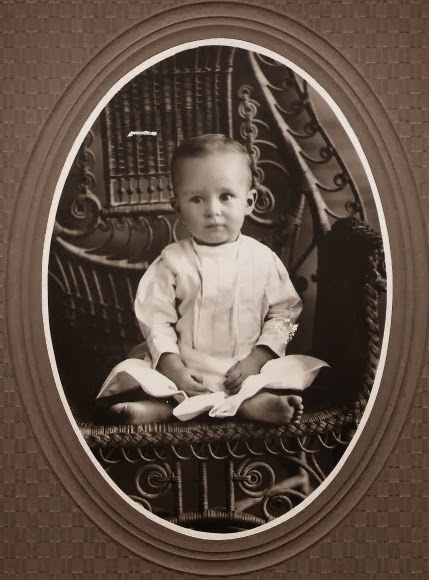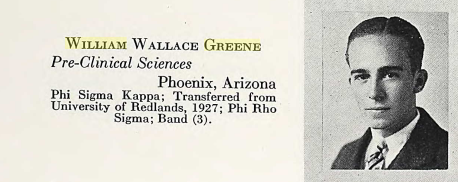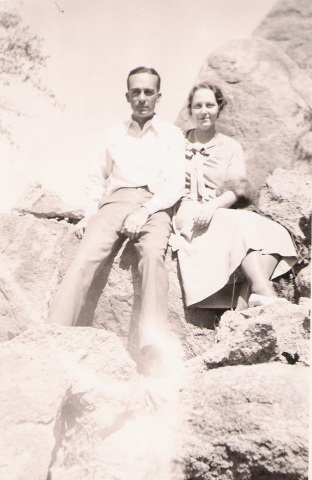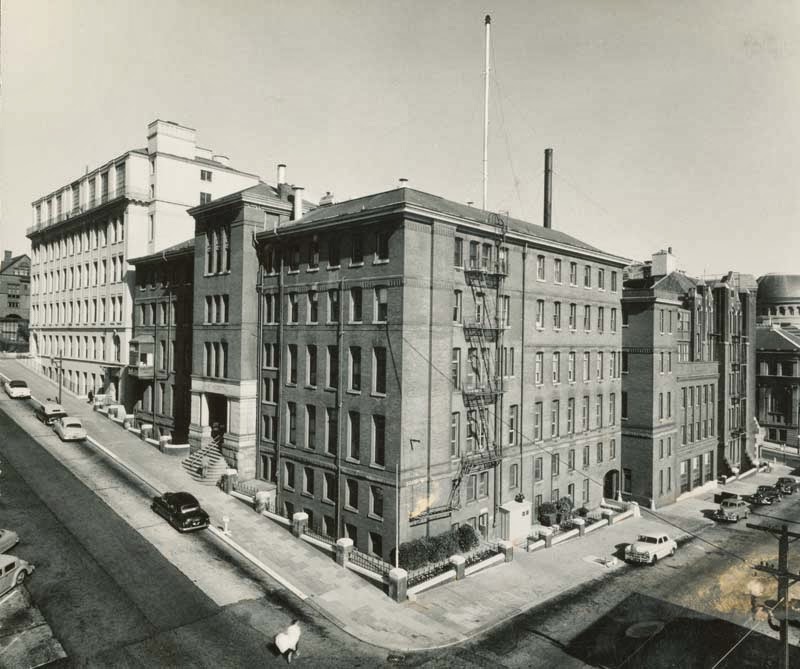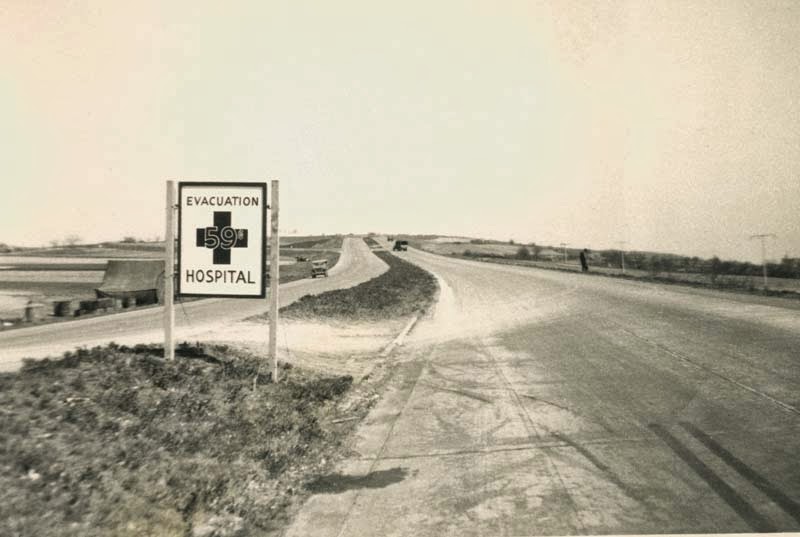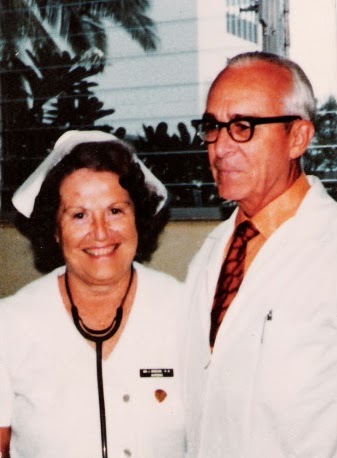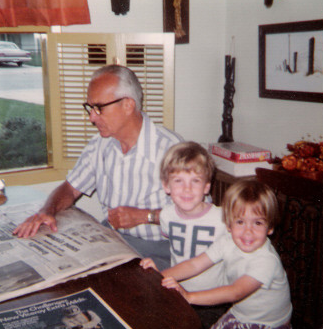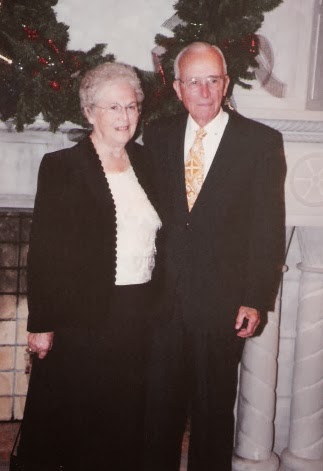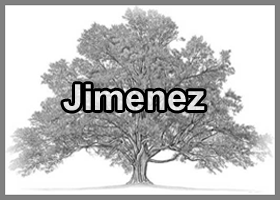My 9th week in Amy Johnson Crow’s “52 Ancestors in 52 Weeks” family history blogging challenge.
The challenge: have one blog post each week devoted to a specific ancestor. It could be a story, a biography, a photograph, an outline of a research problem — anything that focuses on one ancestor.
This week’s ancestor is my 3rd great grandmother, Maria Eutimia Sanches Nieto. Our family knew her by the name of Eutimia, although none of us actually new her. And none of us even know much about her. I have almost zero genealogical information on her.
Eutimia was the mother of Maria Aurelia Compean (1858-1963) — Aurelia to her family — who I believe was the oldest member of my father’s family to immigrate from Mexico in the mid-to-late 1910s. I do not think Eutimia immigrated with the family. Since her daughter Aurelia was already in her late 50s or early 60s when she immigrated, Eutimia would have been awfully old at that time. Although, her daughter Aurelia lived to be 105 years old, so it’s possible her mother Eutimia had those same hearty long-living genes and could have made the trip. I just don’t think she did. None of the 1920s documents I have found of her family in California list Eutimia living with her children or grandchildren.
Neither my father nor I had ever heard Eutimia’s name until 2003, when my dad called the mortuary that handled her daughter Aurelia’s burial here in Southern California to find out if they had any information about Aurelia’s birth or parents. The kind mortuary employee told my father that Aurelia’s records list parents Eutimia Sanches and Santiago Compean. We already knew Aurelia and her own daughter were from San Luis Potosi, Mexico.
I immediately sought help from my local Family History Center. They steered me to towards the Mexico church records on microfilm. Which were all in Spanish (I took 3 years of Spanish ages ago, no help now). These records are now digitized through FamilySearch, but not yet indexed. I spent several Saturdays bent over a microfilm reader desperately looking for my family names. And I managed to find the marriage record entry for Eutimia Sanches and Santiago Compean. Eutimia and Santiago were married either 14 September or 24 September (the date is hard to read) in 1859 in Armadillo de los Infante, San Luis Potosi, Mexico. The same Mexico municipality from where all of my Nieto family seems to have lived. No church or parents names.
View Larger Map
That was the extent of information I had on Eutimia until November of last year, when I started searching on FamilySearch again for her unique name of Eutimia. I scored on finding a baptism record for her. Eutimia was baptized 30 December 1835 at Santa Isabel Church in Armadillo de los Infante, San Luis Potosi, Mexico. This is the same church where Eutimia’s granddaughter Maria Nieto married Jose Robledo in 1908. And it lists her parents’ names! An even bigger score. Eutimia’s parents were Diego Sanches and Maria De Los Delores Nieto. Again with the Nietos. It seems my entire Mexico family kept marrying into Nietos.
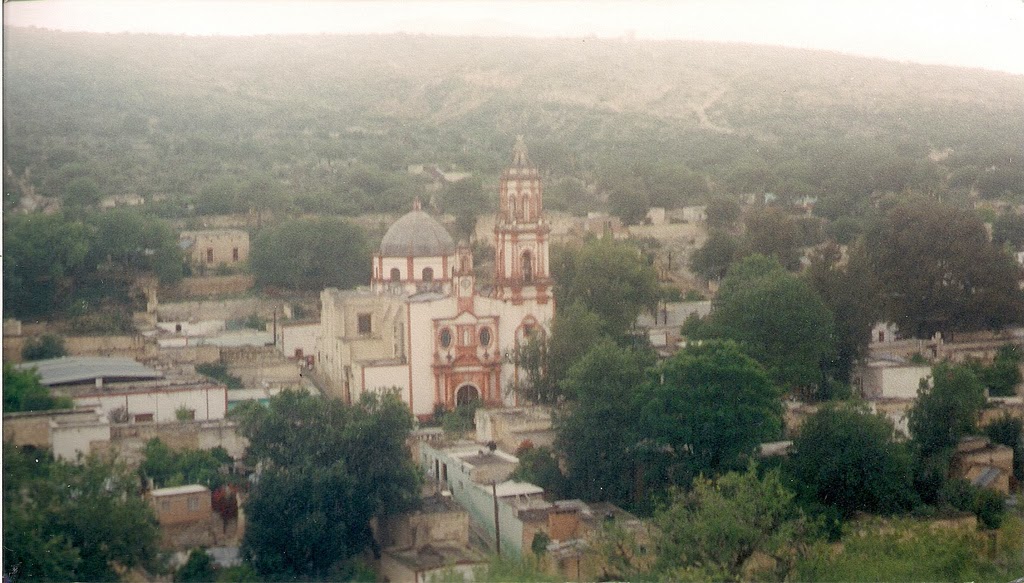 |
| Present day photo of Santa Isabel Church. Not sure if this is the same structure that existed when Eutimia and Santiago married there in 1835. Photo courtesy of Armadillo de los Infante. |
This baptism record lists Eutimia’s full name as Maria Eutimia Sanches Nieto. It appears that like her daughter Aurelia, Eutimia was given the first name of Maria, but went by her second unique given name. And I had forgotten about the Mexican tradition of using the father and mother’s surname. Sanches is her father’s name, Nieto is her mother’s name.
Searching further for other records referencing her parents’ names, I find a baptism record for what appears to be a sister, Maria Apolinaria Sanches Nieto, baptized at the same church six months earlier on 30 July 1834. Since Apolinaria was baptized first, I assume she is an older sister. And since the two girls were baptized just six months apart, I feel confident Eutimia was born sometime after 30 July 1834 since the two daughters were not christened on the same date. This would place Eutimia’s birth between 30 July 1834 and 29 December 1835 (she would not have been baptized the same date she was born).
Continued research on my Mexico line is going to be difficult. I need to get more familiar with what types of online records exist, and where, apart from what FamilySearch offers (Ancestry offers little more). And I will need my fluent Spanish-speaking/reading/writing dad to help me locate physical records in Mexico, and correspond with those agencies. Dad retired last year, though, so he’s got the time to help me now 🙂
